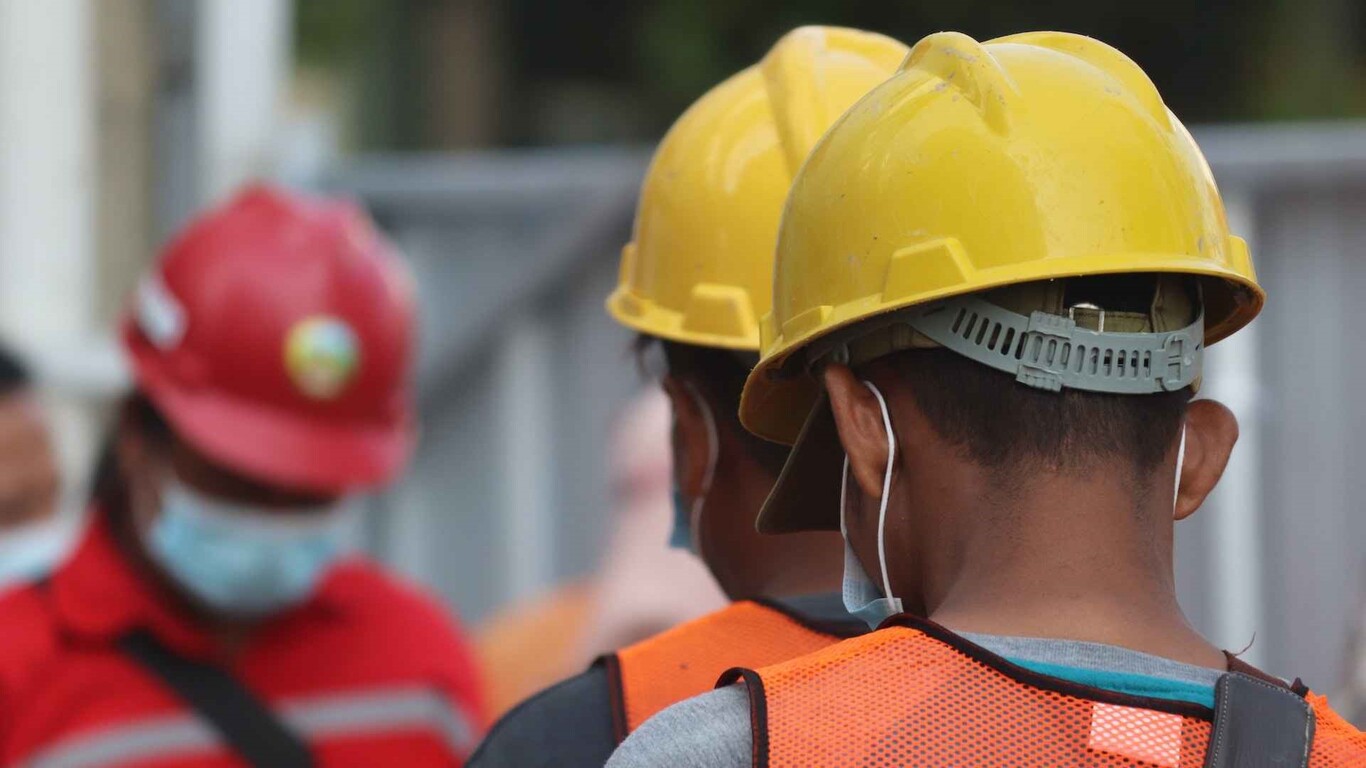Manual asset maintenance strategies in the heavy industry are usually either:
a) time-based – occurring at predetermined periodic intervals or
b) usage-based – regulated by the frequency of machine use
Both strategies have one glaring demerit, the effects of which surpass what individual merits they possess.
Time-based and usage-based maintenance do not consider the machine’s condition, at the time.
The limitations of manual asset inspections
No pathway for maintenance optimization
Without knowing the real-time performance levels of assets, maintenance teams are oblivious to the machine condition and have no objective ‘formula’ for ascertaining when maintenance is due. The result is often a sudden breakdown of assets due to under-maintenance or an over-zealous approach to maintenance that increases maintenance costs and puts added strain on personnel. Even a ‘perfectly’ manual combination of time-based and usage-based maintenance, no matter how carefully implemented, cannot equate to optimum maintenance.
Unsatisfactory agility
Manual inspections also have a negative impact on process agility. As important asset data like audit information and maintenance history are only available in paper format, the maintenance team’s ability to react quickly to various scenarios may be compromised by inaccessible information, poor housekeeping, or organizational inefficiencies.
Strenuous & unsafe
Manual asset inspections are hopelessly useless in the face of distributed field assets – spread across a large area. Modern machines are increasingly complex, requiring specialized maintenance. And having specialized teams jet across frontlines to supervise assets or execute maintenance/ repairs is gruelling, even without considering safety risks. The situation is further exacerbated by difficulty coordinating inspections due to a lack of visibility on available spare parts and on-site records.
The prevailing demerits of manual asset inspections further emphasize the need and compelling urgency for companies in the heavy industry to make the transition to digital asset inspections. In stark contrast, here are some benefits of digitalizing asset inspections:
- Digital inspections provide real-time asset condition monitoring and thus, an opportunity for factories to strike gold with an optimal maintenance strategy. Using sensors attached to machines or remote external monitoring devices, asset supervisors can observe real-time asset performance and interpose the data with historical failure rates to inform dynamic maintenance – one that considers the asset condition and predicts breakdowns before they occur.
- An important component of digitalizing asset inspections is the conversion of paper-based manuals to a more flexible and instantly accessible electronic form. Storing work instructions and asset information electronically streamlines document control and provides capabilities to quickly detect discrepancies or publish updates with minimal fuss.
- Digital inspections improve the accuracy of asset information as the automated data is uninfluenced by human error.
- With digital/ connected asset inspections, the central maintenance office has superb visibility into all its distributed field assets and can monitor machine performance levels to aid in planning and scheduling maintenance.
Why do many transitions to digital asset inspections fail?
Almost 70 percent of maintenance transformations fail to deliver the desired outcome – McKinsey
Transforming the manual asset management process to connected asset inspections is not so much a technological challenge as it is an organizational challenge. Although, retrofitting old systems with modern sensors and integrating this marriage into a single platform is technologically complex; it can be achieved. However, changing the minds of workers to wholly accept the new working model, take full advantage of training, and set aside established methods for a venture into ‘the unknown’ is a far more delicate task requiring expertise in change management to succeed.
Another reason why most asset digitalization efforts fail is impatience – specifically, ceding to the temptation to revamp all business processes and systems simultaneously. Digitalization is a highly complex process and demands a stepwise approach to maximize operational benefits. Step-by-step asset digitalization, from one use case to another, provides an opportunity to efficiently manage the process – using data to determine what works and further optimize for success.
When the purpose of a project is not known, failure is inevitable.
Finally, many companies make the common error of not having clearly written goals, linked to business priorities; before the start of digitalization. The path forward quickly becomes hazy without clarity and the company is left with little alternatives but to throw in the towel when things start going wrong.
How to effectively deploy connected asset inspections
Frontline workers play a vital role in the success of digitalization, even more than the technology itself or whatever detailed planning goes into its employment. The technology exists for the worker, and it is they who can decide to embrace it – support the management’s initiatives or provide active or passive resistance that contributes to the project’s downfall. In any digital transformation, change management should be first and foremost.
A concerted effort should go into ‘selling’ the importance of connected assets to workers, and afterward, working hand in hand with them to select priority areas for digitalization and the appropriate technology in each area. Their suggestions should also be considered in the design phase to simplify training and adaptability to the new technology.
In larger organizations where it may be impractical to involve every worker, we suggest setting up an inter-departmental committee, a careful blend of youth and experience, to help pilot the transformation to success. An essential part of the committee’s work will be driving home the vision and objectives for the transformation at a departmental level. They are also uniquely positioned to oversee data governance (specify who can create, edit and view asset data) and help the management decide which processes should first be co-opted into digital asset management to increase operational value.
Some arguments that can help convince your workers to embrace digital asset inspections
- Remote inspections reduce the risk of injuries to workers in hazardous conditions i.e. at extreme heights and underwater depths.
- Specialized teams can provide remote assistance to on-field personnel, saving time and reducing the team’s commutation and safety risk.
- Workers are upskilled and learn how to work with modern technologies, improving their value and career prospects
- Remote assistance compensates for the knowledge gap and improves the productivity of workers.
- Workers have better job security as improved asset performance prevents machine-related accidents which may otherwise have led to regulatory fines and heavy monetary losses for the business, besides causing injuries to the worker.
- Optimal asset maintenance causes less downtime helping workers to meet their performance targets (and incentivized rewards)
Maximl helps leading factories roll out digital asset inspections and drive adoption across the workforce. Maximl’s no-code Connected Worker platform streamlines asset inspection to provide a holistic view of end-to-end assets, integrated with enterprise-wide systems. Schedule a consultation today!




